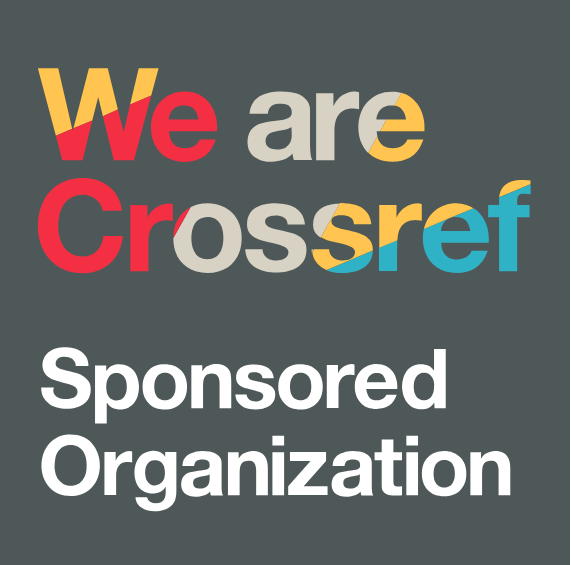Optimization of Cluster House Construction Using Critical Path Method (CPM) and Evaluation and Review Technique (PERT) Program at PT.XYZ
DOI:
https://doi.org/10.38035/sijet.v1i1.67Keywords:
Project Management CPM-PERT Method, InterviewAbstract
PT.XYZ So research was carried out so that we could find the critical path for a house construction project using the CPM method, the duration of the critical path for building a house, and how much budget was spent on building a house using the CPM method. CPM is a project management concept which is interpreted in a network image that marks project activities from start to finish with the aim of determining the critical path and PERT is a network model that is able to determine the completion time of activities. The aim is to assess and review development projects and requires three calculations. optimistic, pessimistic and realistic. The results of this research show that house construction project work using the CPM method has a work duration of 182 days, a decrease of 118 days from the actual duration and the costs incurred in this work are IDR 1,956,043,000. can reduce the budget by IDR 771,914,000/35% of the actual budget. The house construction project produces a Te value of 182.48 and a standard deviation value of 8.09 and has a probability of 53.59% if the project is completed within 182 days. However, if you use the assumption that the project can be completed within 190 days, the probability is 83.89%.
References
Abdurrasyid, A., Luqman, L., Haris, A., & Indrianto, I. (2019). Implementation of PERT and CPM Methods in Shipbuilding Project Management Information System. Khazanah Informatika: Journal of Computer and Information Science, 5(1), 28-36. https://doi.org/10.23917/khif.v5i1.7066
Assabil, I. R., Hanifi, R., Suhendra, B., Sarjana, M., Mesin, T., Singaperbangsa, U., Assabil, I. R., Hanifi, R., & Suhendra, B. (2023). Damage Analysis on Conveyor Belt Using Fishbone Diagram Method (Case Study: PT Berkah Beton Sadaya Tbk). 3, 8306-8313.
Febriana, W., & Aziz, A. (2021). Analysis of Project Scheduling with PERT Method Using Microsoft Project 2016. Surya Beton Journal, 5(1), 37-45. http://jurnal.umpwr.ac.id/index.php/suryabeton
Firdaus, A., Humaira, H. W., & Firdaus, A. (2019). The Effect of Brainstorming Method on. IX(1), 142-153.
Ikhram, F. (2018). Development of Change Management in an Effort to Improve the Implementation of Enterprise Resource Planning. Scientific Journal of Master of Administrative Sciences (JIMIA), XII(1), 77-93.
Leksono, B., Nugroho, D., & Yanti, E. I. (2020). Optimisation of Time Implementation of Construction of Student Practice Room of SMK Negeri 1 Duduksampeyan with PERT Method. Journal of Scientific and Applied Engineering, Vol 9(2), 49-61.
Putra, J. G., & Sekarsari, J. (2020). Analysis of Multi-storey Building Project Scheduling with Pert and M-Pert Methods Using Monte Carlo Simulation. JMTS: Journal of Civil Engineering Partners, 3(3), 533. https://doi.org/10.24912/jmts.v3i3.8395
Regatama, G. et al. (2019). Network Planning Analysis of SPB TITAN 70 Ship Repairs with Critical Path Method. Journal of Shipbuilding Engineering, 5(2), 421-430.
Sumasto, F., Satria, P., & Rusmiati, E. (2022). Implementation of DMAIC Approach for Quality Improvement in Railway Manufacturing Industry. Journal of Industrial Engineering INTECH Universitas Serang Raya, 8(2), 161-170. https://doi.org/10.30656/intech.v8i2.4734
Downloads
Published
How to Cite
Issue
Section
License
Copyright (c) 2023 Tubagus Hedi Saepudin, Andi Turseno, Andreas Tri Panudju, Reni Masrida, Riyan Ramadhan

This work is licensed under a Creative Commons Attribution 4.0 International License.
Copyright :
Authors who publish their manuscripts in this journal agree to the following conditions:
- Copyright in each article belongs to the author.
- The author acknowledges that the Siber International Journal of Education Technology (SIJET) has the right to be the first to publish under a Creative Commons Attribution 4.0 International license (Attribution 4.0 International CC BY 4.0).
- Authors can submit articles separately, arrange the non-exclusive distribution of manuscripts that have been published in this journal to other versions (for example, sent to the author's institutional repository, publication in a book, etc.), by acknowledging that the manuscript has been published for the first time at Siber International Journal of Education Technology (SIJET).























